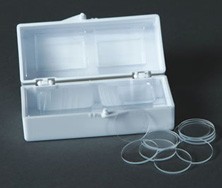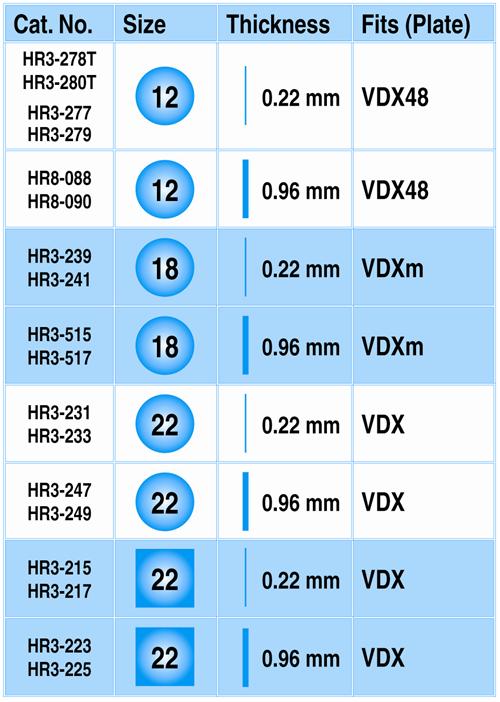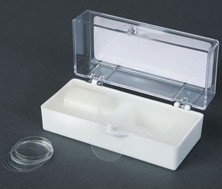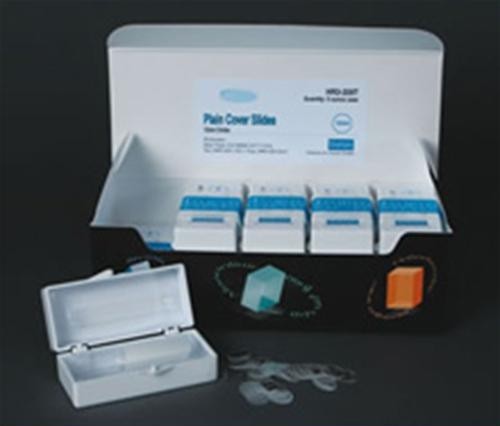Hampton Natrix • Natrix 2 • Natrix HT
Hampton research蛋白结晶试剂代理–上海金畔生物
代理优势:货期4周左右。
欢迎访问Hampton research官网或者咨询我们获取更多产品信息。
Crystallization Screens > Natrix • Natrix 2 > Natrix • Natrix 2 • Natrix HT
Applications
Primary biased sparse matrix crystallization screen for nucleic acids & protein/nucleic acid complexes 主要用于核酸和蛋白质/核酸复合物的删选
Features
| Nucleic acid sparse matrix screen |
| Sparse matrix formulation efficiently samples salts, polyols, polymers, organics, additives & pH |
| pH range 5.6 – 8.5 |
| Tube or Deep Well block format |
Natrix, Natrix 2 and Natrix HT are based upon published reagent formulations for the crystallization of nucleic acids and protein-nucleic acid complexes. A variety of hammerhead ribozymes and other ribozymes, RNAs, DNAs, RNA-drug complexes, and RNA-protein complexes have been crystallized using the Natrix protocols.By using sparse matrix sampling technology, The Natrix kits allow one to quickly test wide ranges of pH, salts, and precipitants using a very small sample of nucleic acid.Natrix screens are unique in that rather than relying solely on the traditional nucleic acid precipitant MPD, Natrix screens also utilize Polyethylene glycols (PEGs) in a variety of molecular weights (200, 400, 4,000, 8,000) as well as 2-Propanol, Polyethylene glycol monomethyl ether (PEG MME), and 1,6-Hexanediol. Many of the polymeric and low molecular weight organic precipitants are combined with various monovalent salts as precipitating agents. This combination of salts and low molecular weight organics and polyalcohols, as well as the utilization of varying chain length PEGs, has proven to be a successful combination for producing nucleic acid and protein-nucleic acid complex crystals.Natrix contains 48 unique reagents, 10 ml each and is based on the sparse matrix formulation first described by William Scott in 1995.Natrix 2, an extension of Natrix, contains 48 unique reagents, 10 ml each. Natrix 2 is a biased sparse matrix screen based on extracting patterns from crystallization data as well as reagent formulations first described by Berger et al in 1996.
Natrix HT contains 1 ml of each reagent from Natrix and Natrix 2 in a single Deep Well block format.
Ready-to-use reagents are sterile filtered and formulated with ultra-pure Type 1 water, using the highest purity salts, polymers, organics and buffers. Individual reagents are available through the Hampton Research Custom Shop.
Crystals of a frameshift promoting RNA pseudoknot from the coronavirus IBV, grown using the Hampton Research Natrix screen. Simon Pennell, MRC National Institute for Medical Research, United Kingdom.
View Full Size
Crystals of Ec Rnk, a new RNA polymerase interacting protein obtained in Hampton Research Natrix Screen. Valerie Lamour, IGBMC, Illkirch, France.
Crystals of a frameshift promoting RNA pseudoknot from the coronavirus IBV, grown using the Hampton Research Natrix screen. Simon Pennell, MRC National Institute for Medical Research, United Kingdom.
应用
- 核酸的主偏稀疏矩阵晶化筛选&蛋白质/核酸配合物
特征
- 核酸稀疏矩阵筛选
- 稀疏基质配方有效取样盐、多元醇、聚合物、有机物、添加剂和pH值
- PH范围5.6-8.5
- 管式或深井块格式
描述
Natrix,Natrix 2和Natrix HT是以已发表的核酸和蛋白质-核酸复合物结晶试剂配方为基础的。各种锤头状核酶和其他核酶、RNA、DNA、RNA-药物复合物和RNA-蛋白质复合物已通过Natrix程序结晶。
通过使用稀疏矩阵取样技术,Natrix试剂盒允许使用非常小的核酸样本快速测试范围广泛的pH、盐类和沉淀剂。
Natrix筛网的独特之处在于,它不仅依靠传统的核酸沉淀剂MPD,而且还在各种分子量(200、400、4000、8000)以及2-丙醇、聚乙二醇单甲醚(PEG MME)和1,6-己二醇中使用聚乙二醇乙二醇(PEGS)。许多高分子和低分子量有机沉淀剂与各种单价盐结合作为沉淀剂。这种盐与低分子量有机物和聚醇的结合,以及利用不同的链长钉,已被证明是生产核酸和蛋白质-核酸复合物晶体的成功组合。
Natrix含有48种独特的试剂,每种10毫升,是基于1995年威廉·斯科特首次描述的稀疏矩阵公式。
Natrix 2是Natrix的扩展,包含48种独特试剂,每个10毫升。Natrix 2是一种基于从结晶数据和试剂配方中提取模式的有偏稀疏矩阵筛选器,由Berger等人于1996年首次描述。
Natrix HT含有来自Natrix和Natrix 2的每个试剂1毫升,以单一的深井块格式。
准备使用的试剂是无菌过滤和配制超纯1型水,使用最高纯度的盐类,聚合物,有机物和缓冲液.个别试剂可通过汉普顿研究定制商店获得。
| HR2-116 | Natrix | 10 ml, tube format |
| HR2-117 | Natrix 2 | 10 ml, tube format |
| HR2-131 | Natrix HT | 1 ml, Deep Well block format |
RELATED ITEM(S)
Individual Natrix • Natrix 2 • Natrix HT Reagents
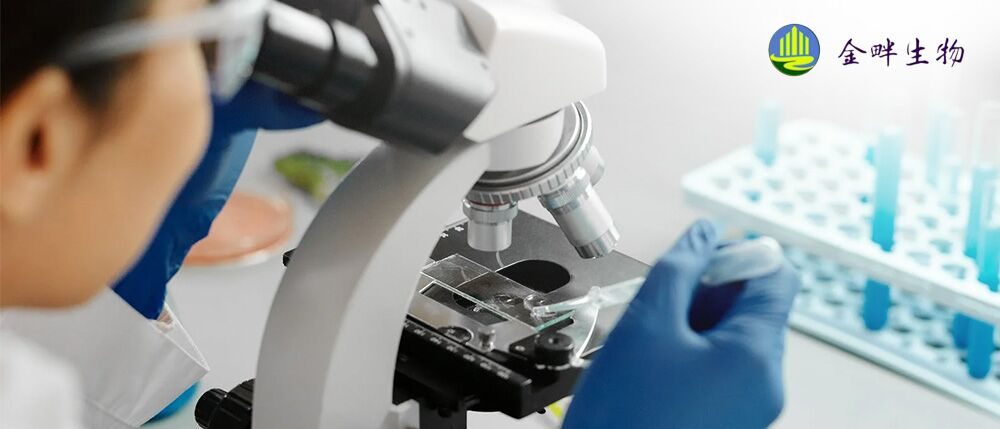
 Primary screen for proteins, soluble peptides, nucleic acids, & water soluble small molecules
Primary screen for proteins, soluble peptides, nucleic acids, & water soluble small molecules


